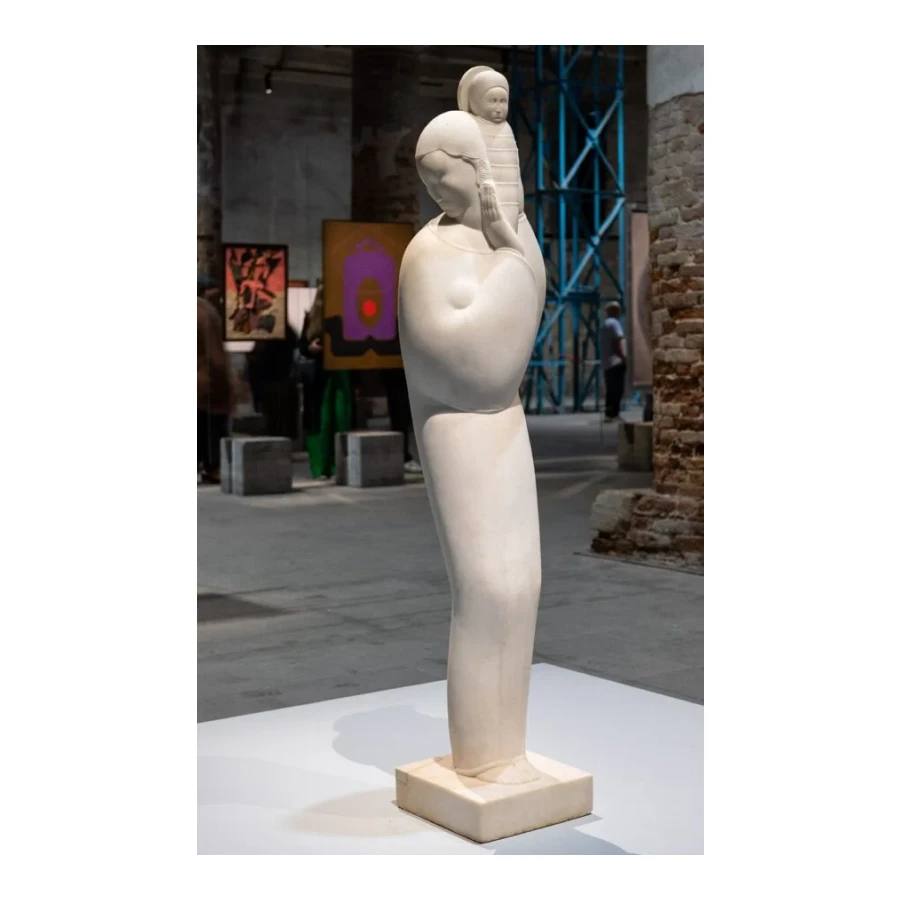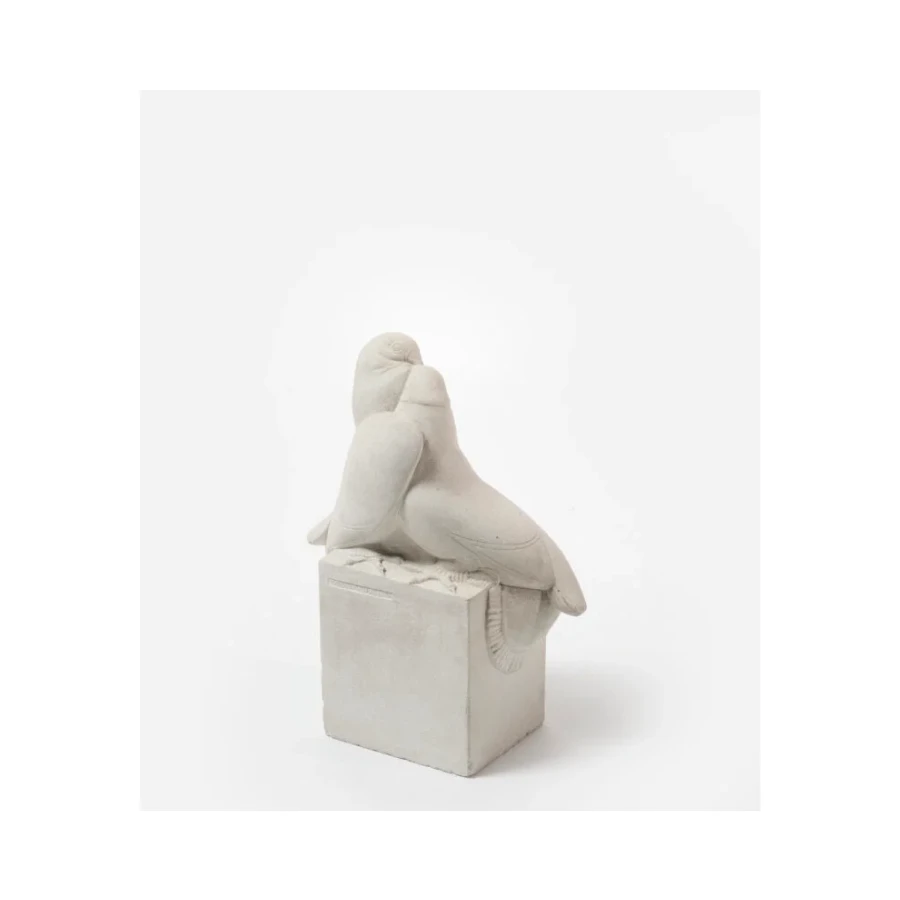At the age of 22, Brecheret studied drawing, carving, and modeling, eventually establishing his own studio. While in Paris during the 1920s, he was influenced by the geometric volumes of Cubism, the formal synthesis of Constantin Brancusi, and the ornamentation of Art Deco. His sculptures predominantly depict human figures, with many exploring historical, mythological, or allegorical themes. Crafted with delicacy, they feature sinuous lines, simplified and geometrized traits, adorned with precision and elegance. Brecheret’s body of work encompasses sculptures in granite, marble, wood, terracotta, and bronze.
In the 1940s, Brecheret delved into themes related to Brazil’s indigenous culture, as seen in “Drama Marajoara” (1951) and “Luta dos Índios Kalapalos” (1951). In these works, the synthetic form of figuration approaches abstraction.
Victor Brecheret stood out as one of São Paulo’s eminent artists, receiving numerous commissions for public sculptures and religious works. His pieces are held in the collections of major museums in Brazil.
Public Collections
Museu de Arte de São Paulo Assis Chateaubriand (MASP), Museu Nacional de Belas Artes (MNBA-RJ),
Museu Mariano Procópio and Pinacoteca do Estado de São Paulo (PESP) – São Paulo, SP



